Quibi Quibbles
On the surface, Quibi seems to press all the right buttons for success in the new streaming-centric entertainment world.
It is mobile-only, because all the kids today can’t get their darn heads out of their phones. It’s cheap ($4.99 per month with ads, $7.99 without), because kids today can never find their wallets. It concentrates on short-form programming -- most of its original content lasts for 10 minutes or less -- because those same kids have no attention spans and are always watching the dang YouTube.
It is a streaming service, and given the success of Disney+ -- which the kids seem to really like -- and others, that’s the wave of the future. And finally, it is founded by former Disney and DreamWorks chief Jeffrey Katzenberg, who isn’t a kid but in the past seemed to know what they like to watch.
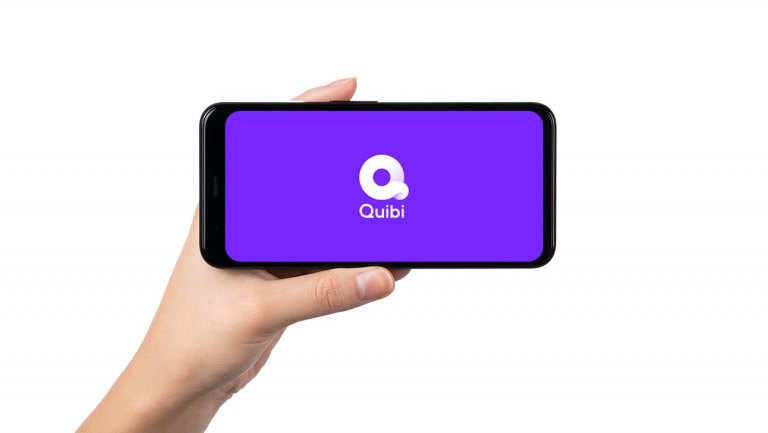
The fact that Quibi launched on April 6, the height of the worldwide lockdown due to the COVID-19 pandemic, was both bane and benefit. Sure, people confined to their homes were thirsty for content and Quibi is willing to provide. But many pundits doubted that those people under lockdown were going to turn off their TVs to watch short snippets of whatever on their phones. Another setback -- Quibi doesn’t allow viewers to transfer their mobile content to their TVs, so they have to watch on the small screen no matter what.
Those doubts were confirmed during Quibi’s launch -- only 300,000 downloads of its app on the first day, and just 1.7 million downloads in the first week. In contrast, Disney+ had about 4 million downloads on its first day and had about 50 million downloads five months after its launch.
Quibi CEO Meg Whitman said earlier this month that the launch exceeded expectations, telling CNBC that 80% of users who started watching a show completed the first episode, which she said pointed to strong engagement with the brand. She added that while the current focus is mobile-only, Quibi is talking with its engineers about casting programming to TVs.
“We really wanted to get it right for mobile,” she told CNBC. "We had always planned to cast to your TV, so we’ll see if we can accelerate that in the engineering roadmap. We’ll eventually get there.”
But for now, it isn't. And Quibi’s underperformance could be attributed to a lot of things. But for at least some analysts, Quibi has stumbled because it lost sight of the audience it was trying to target in the first place -- preteens and teens -- by offering them content their parents would watch.
In a research report, Barclays media analyst Kannan Venkateshwar called the Quibi download performance, “underwhelming at best,” considering it is bundled with T-Mobile for free in the U.S., is being offered with a generous 90-day free trial through April 30 and was launched when the vast amount of its audience had nothing better to do.
Related:Quibi’s Top Marketing Exec Imbres Leaves Company
But streaming success isn’t always based on logic. Take a look at Netflix. In the beginning, Netflix’s success was driven by consumers who wanted to catch up on library content of old shows, basically serving as a really, really big DVR.
There were more reasons for Netflix to fail than to succeed, the biggest being consumer inertia. It isn’t easy to get people to change the way they consume entertainment, evident by the early pushback when Netflix first tried to change its model from a mail order DVD service to a streaming video service. What won the day was ease of use, the ability to discover shows without having to find a copy of the TV Guide and to watch them when you want to -- no more appointment TV.
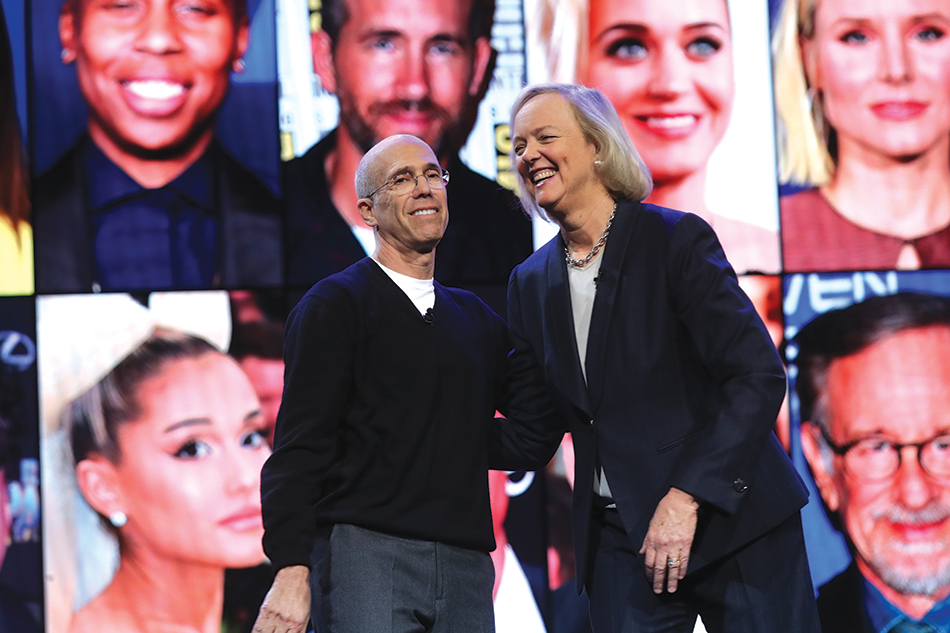
Then there is the content itself. Venkateshwar noted that Katzenberg is a media veteran, having run Disney studios and co-created DreamWorks, and Whitman has a long track record as a marketing and strategic planning guru who has run Hewlett-Packard and eBay. Quibi raised $1.7 billion from a host of old school programmers like ViacomCBS, Fox, Disney, NBCUniversal and WarnerMedia.
In other words, old guys.
As an old guy myself, I find nothing wrong with this. But take a look at where some of Quibi’s programming is coming from. Established stars like Jennifer Lopez, Chrissy Tiegen and Steven Spielberg all have shows. Now, I have great respect for JLo, I think Chrissy Tiegen’s twitter feed is one of the most hilarious things online, and don’t get me started on Steven Spielberg, who has rarely produced a movie that I didn’t love (or at least like). But that’s the thing. Quibi was not created for the 56-year old trade magazine reporter demographic, as lucrative as that may sound.
And the perception that Quibi is just another attempt by the olds to show how hip they are could be a big hurdle. Do you know how I get my 14-year-old daughter to look at me in sheer, saucer-eyed terror? I utter this sentence: “Hey, how would you like to watch a bunch of shows starring people I used to watch when I was your age? In 10-minute increments.”
The short-form approach, which many have tried and failed to deliver in the past (go90, anyone?), was supposed to be a selling point for Quibi, fueled by the success of YouTube and TikTok, which also get a lot of consumption over the phone. But here again, Quibi misses the target.
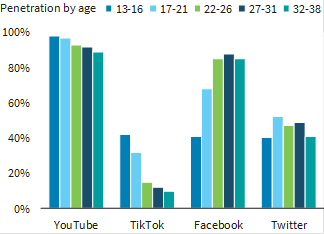
According to Venkateshwar, short-form viewing on TikTok and YouTube has a disproportionately younger audience, with different tastes in content. There is a reason why the top YouTube stars are mainly comedians, gamers, make-up artists and young men who crash into walls: they’re short, sweet and you can share them and make fun of them with your friends over social media. Try doing that with a 10-minute episode of The Most Dangerous Game.
There is definitely a market for that kind of programming, but they are usually older (25-54) and may like the content but not in the “atomized form that it is presented or for consumption on the phone,” Venkateshwar wrote. “Therefore, in some ways, Quibi has chosen the worst of the two worlds – content that is tailored for legacy demos but on a distribution mechanism more attuned to younger demos without any interactivity being allowed.”
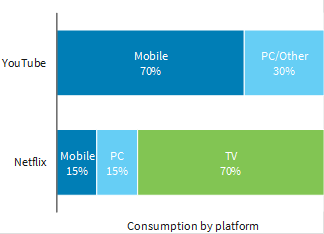
Quibi may use the same delivery method that the kids like, but again, it’s like your dad trying to get you to like his Tommy Dorsey records by blasting them 24/7 through every room in the house. There was just no way an 8-year old with Jimi Hendrix posters in his bedroom was ever going to fully appreciate swing, no matter how much he wanted that to happen. (FYI, I grew much later to like Glenn Miller).
TikTok and YouTube work in the mobile environment because they are bottoms-up social media platforms where the video works with the phone in a two-way flow, according to the Barclays analyst. TikTok and YouTube users not only create and upload content but engage with it in a way that is a lot more interactive.
“In other words, the form is the purpose when it comes to the phone,” Venkateshwar wrote. “Quibi on the other hand feels like an old media mindset being literally being squeezed into a new media form factor without any purpose.”
But maybe Quibi is beginning to realize where it needs to focus. According to an April 22 Reuters report, downloads have risen to about 2.7 million and Katzenberg has said users will get the ability to cast shows from their phones to their TVs beginning in May.
And though it’s an easy target being the newest kid on the block, Quibi isn’t alone in struggling to unlock the streaming video code. Venkateshwar even had some criticism for Disney+, adding that despite its success, it has fallen into the same “content first” trap that most streaming services do.
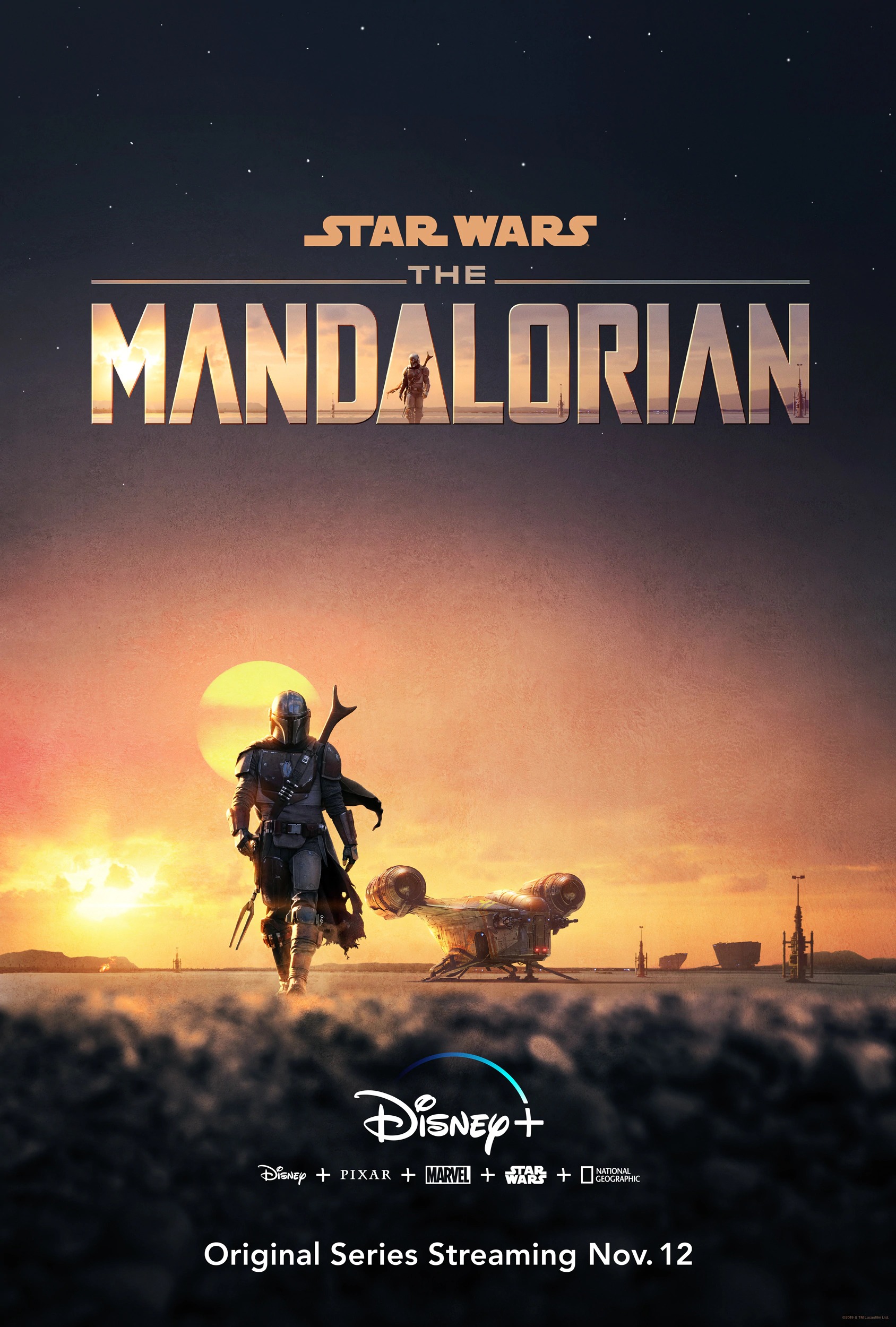
He did not downplay the importance of good content on a service -- The Mandalorian was a major factor in Disney+ early success. But the Barclays analyst argues that content, like technology, is a tool for engagement, which has several dimensions in the streaming business.
“We believe future streaming attempts will need a very different approach to realize their full potential vs. just creating content and putting it on the internet,” Venkateshwar wrote. He added that NBCU’s Peacock could have the greatest potential by serving as an aggregator for content creators that don’t want to spend the money building a streaming service, but want to participate in large scale streaming economics.
In that way, Peacock could be more like what the analyst envisioned for another streaming service Hulu, which has become a defacto “adult Disney+” as a vehicle for racier programming in the Disney library, rather than the content aggregator Venkateshwar had hoped. The analyst has lamented that Disney did not see Hulu as an Amazon for content, offering Disney fare as well as content from ESPN+, Netflix and HBO Max through a single interface. He also wondered why Hulu couldn’t be a transactional platform for Disney, much like Amazon is currently for theatrical content released online during the COVID-19 pandemic.
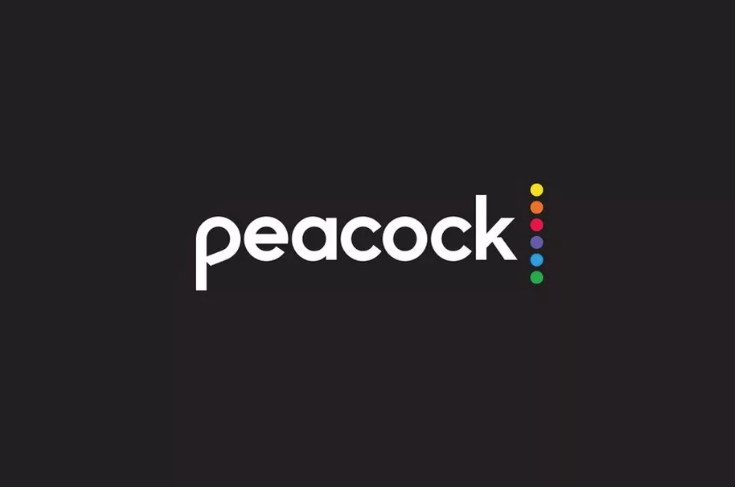
“In that respect, Peacock can in some ways become the version of Hulu we envisaged earlier but even more useful for consumers by aggregating local content relevant to audiences in various markets thereby allowing advertisers also to engage more effectively with consumers,” Venkateshwar wrote.
So whether Quibi manages to squeeze out a niche, or it gets overwhelmed by the onslaught of OTT offerings that are there and are yet to come, will be left up to a traditionally fickle demographic. Quibi will continue cranking out short form programming -- it launched with 50 new shows and has said it will end the year with 8,500 episodes across 175 shows. But just like my dad and those damn Tommy Dorsey records, just because you can doesn't mean you should.
Multichannel Newsletter
The smarter way to stay on top of the multichannel video marketplace. Sign up below.
